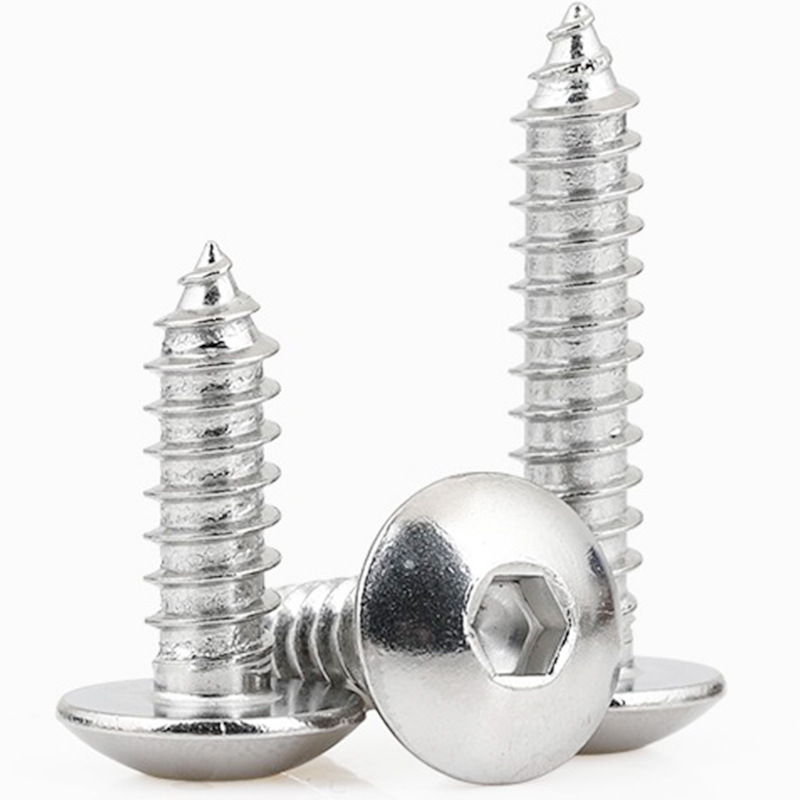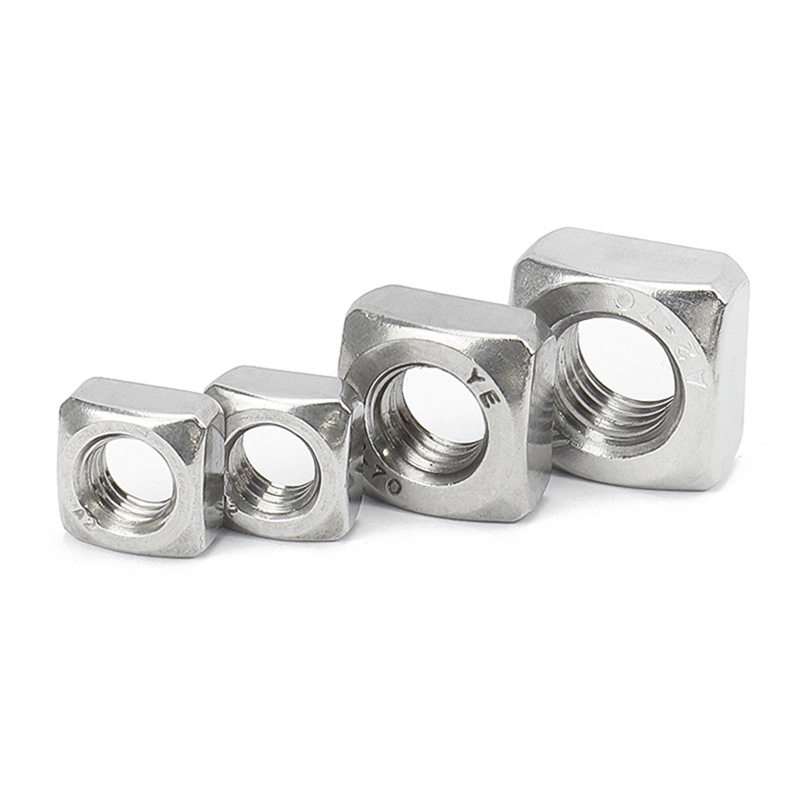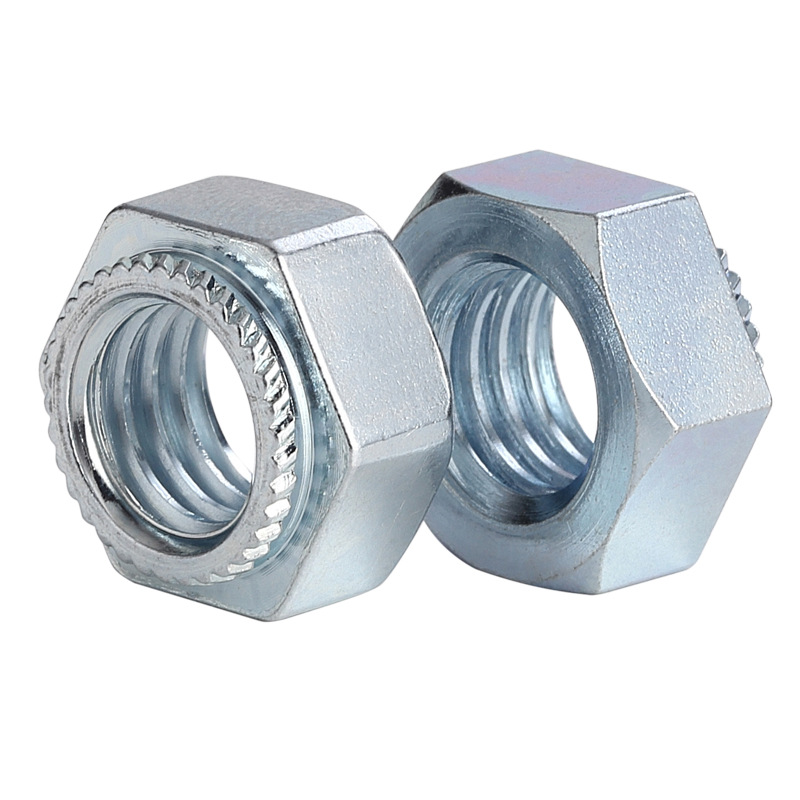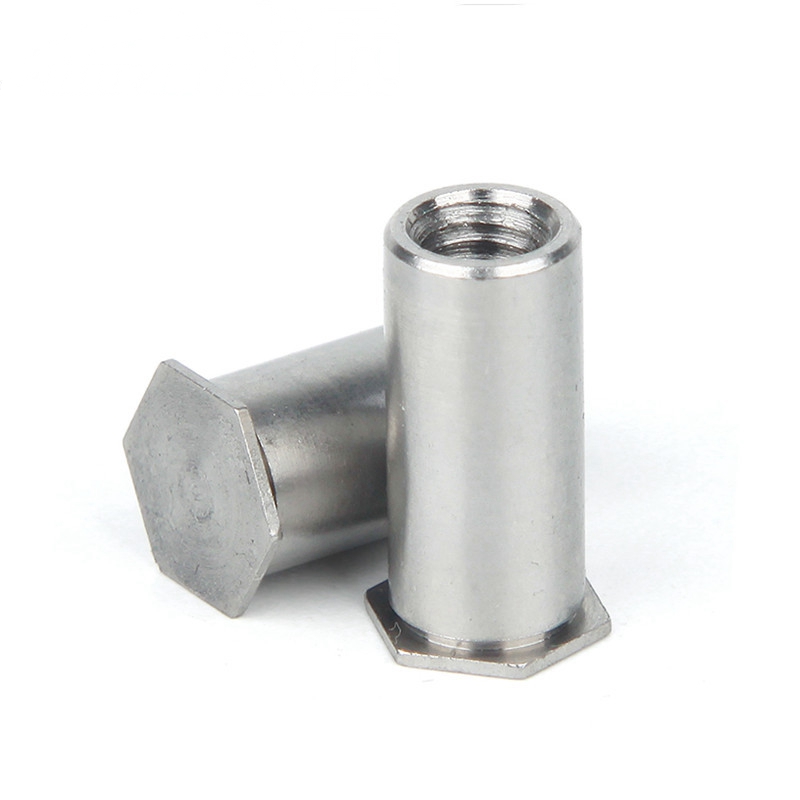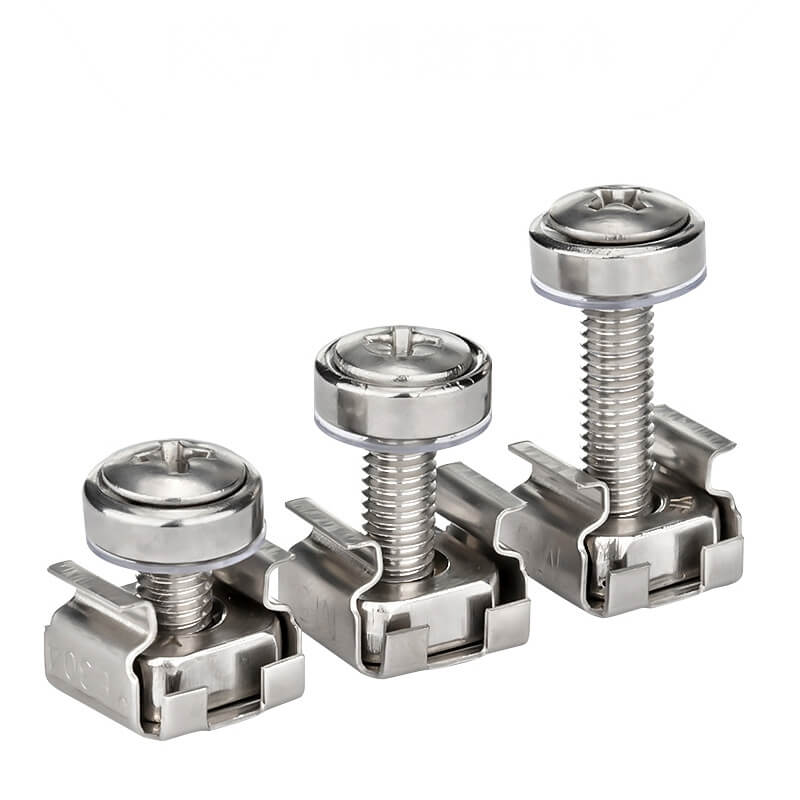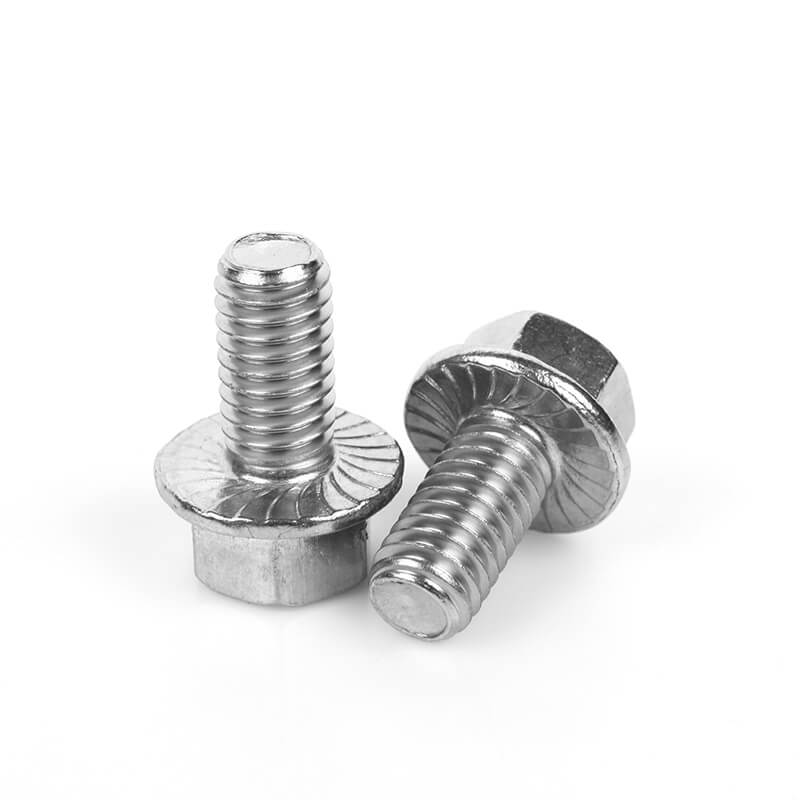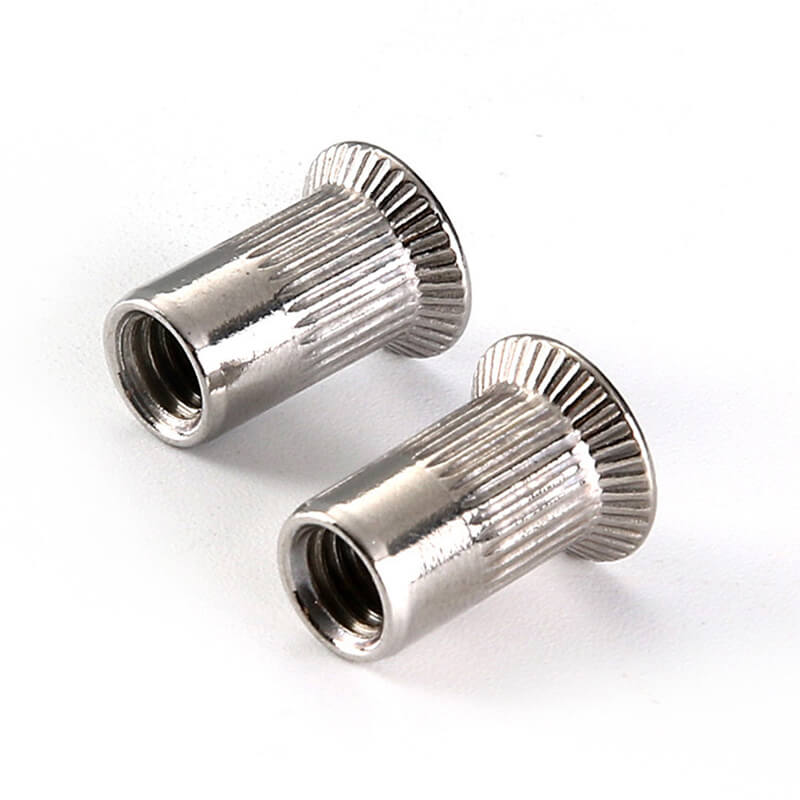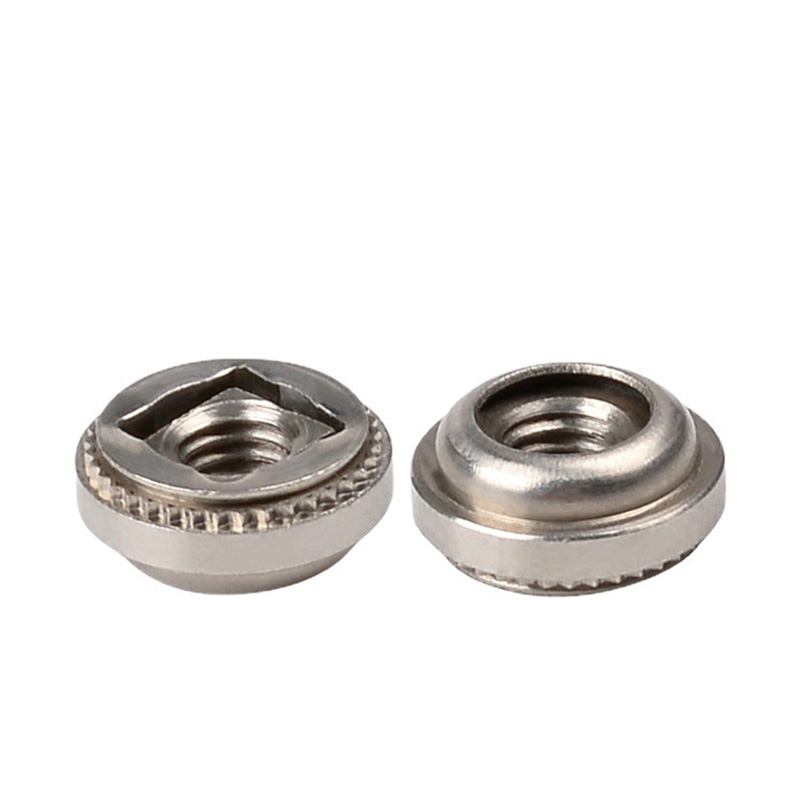Description
SUS303 stainless steel is a kind of stainless steel material with excellent corrosion resistance and processing performance. It belongs to austenitic stainless steel, mainly composed of chromium, nickel and a small amount of sulfur, phosphorus and other elements. SUS303 stainless steel has good corrosion resistance and can resist the erosion of most chemicals, especially in acidic environments. In addition, it also has excellent processing performance, easy cutting, welding and cold forming processing, suitable for the production of various precision parts and mechanical components.
SUS303 stainless steel material has excellent wear resistance and heat resistance, suitable for the manufacture of parts that require long-term use and wear resistance, high temperature resistance. It also has good tensile strength and hardness, which can meet the requirements of strength and durability in the engineering field. In addition, SUS303 stainless steel also has good magnetic resistance and permeability, suitable for manufacturing equipment and devices that require magnetic properties.
Chemical composition of SUS303 and 303Cu stainless steel
SUS303 chemical composition (JIS G4303)
| item | The element name and chemical composition (%) | ||||||||
| C | Mn | Si | P | S | Ni | Mo | Cr | Cu | |
| SUS303 | ≤0.15 | ≤2.00 | ≤1.00 | ≤0.20 | ≥0.15 | 8.00-10.00 | Can be added to 0.60 or less | 17.00~19.00 | |
| SUS303Cu | ≤0.15 | ≤3.00 | ≤1.00 | ≤0.20 | ≥0.15 | 8.00-10.00 | Can be added to 0.60 or less | 17.00~19.00 | 1.50~3.50 |
(SUS303Cu is a more conducive to cutting material, the copper content in SUS303Cu 1.5 ~ 3.5%, and does not contain copper in SUS303)
The physical properties of the SUS303 stainless steel
The mechanical properties of 303 stainless steel (JIS G4303) :
| materials | strength of extension σb (MPa) | offset yield strength σ0.2 (MPa) | elongation δ5 (%) | reduction of area ψ (%) | hardness | density 20℃ g/cm3 | fusing points (℃) |
| SUS303 | ≥520 | ≥205 | ≥40 | ≥50 | ≤187HB,≤90HRB,≤200HV | 7.93 | 1398~1420 |
303 stainless steel and other physical properties:
Density :8.03 g/cm ³
Melting point: 1398-1420 °C
Thermal conductivity :16.3 W/m ·K
Specific heat capacity :0.50J/g·K
The resistance rate: 720 n Ω m.
Thermal expansion coefficient, 17.3 (including m/m. K
Modulus of elasticity: 193 gpa
Permeability: No magnetic in the annealed state, may become slightly magnetic after cold processing
Application of 303 stainless steel
SUS303 stainless steel material is a kind of multi-functional superior performance of stainless steel materials, widely used in aerospace, automotive, electronics, chemical industry, etc. Its excellent performance and diversification of application that makes it one of the indispensable material in industry. As a high-quality stainless steel material, SUS303 not only has excellent corrosion resistance and processing properties, but also has excellent mechanical and magnetic properties, which provides reliable material support for various engineering applications.
303 stainless steel machining performance
Weldability:
The weldability of 303 stainless steel is general. It is not recommended to put 303 need for welding applications
Machining:
One of the main advantages of 303 stainless steel is its excellent machinability. It can be easily processed into complex shapes and precision components. The addition of sulfur and phosphorus improves the machinability, resulting in high speed machining operation and efficient chip removal.
Formability:
303 stainless steel can also be used for forming, but 304 has obvious defects. Can be molded into different forms and configurations. Bending, roll forming, stamping, deep drawing, spinning, extrusion, forging and molding process can be used to create complex shapes and structures.
Difference between 303 and 304
Composition comparison:
| item | C | Mn | Si | P | S | Ni | Mo | Cr |
| SUS304 | ≤0.08 | ≤2.00 | ≤1.00 | ≤0.045 | ≤0.03 | 8.00-11.00 | – | 17.00-19.00 |
| SUS303 | ≤0.15 | ≤2.00 | ≤1.00 | ≤0.20 | ≤0.15 | 8.00-10.00 | ≤0.60 can be added | 17.00-19.00 |
Other differences and comparisons:
1, corrosion resistance, than SUS303 SUS304 fared slightly better. But the paradox here is that if the passivity time is long enough, both 303 and 304 will improve their performance on the salt spray test substantially enough to smooth out the difference between the two
2, in mechanical properties: SUS303 stainless steel hardness is low, intensity is relatively poor, is suitable for some general requirements of parts manufacturing; SUS304 stainless steel has high hardness and strength, excellent corrosion resistance, suitable for high strength and corrosion resistance of the engineering field.
3, processability, SUS303 stainless steel has good cutting workability, generally used for machining parts, turning parts, turning parts, etc. And although SUS304 stainless steel cutting machining are relatively poor, but you can get better strength and hardness by cold working and heat treatment, cold pier pieces do you usually do, such as screw, stamping parts.
4, weldability: SUS304 than SUS303 excellence



